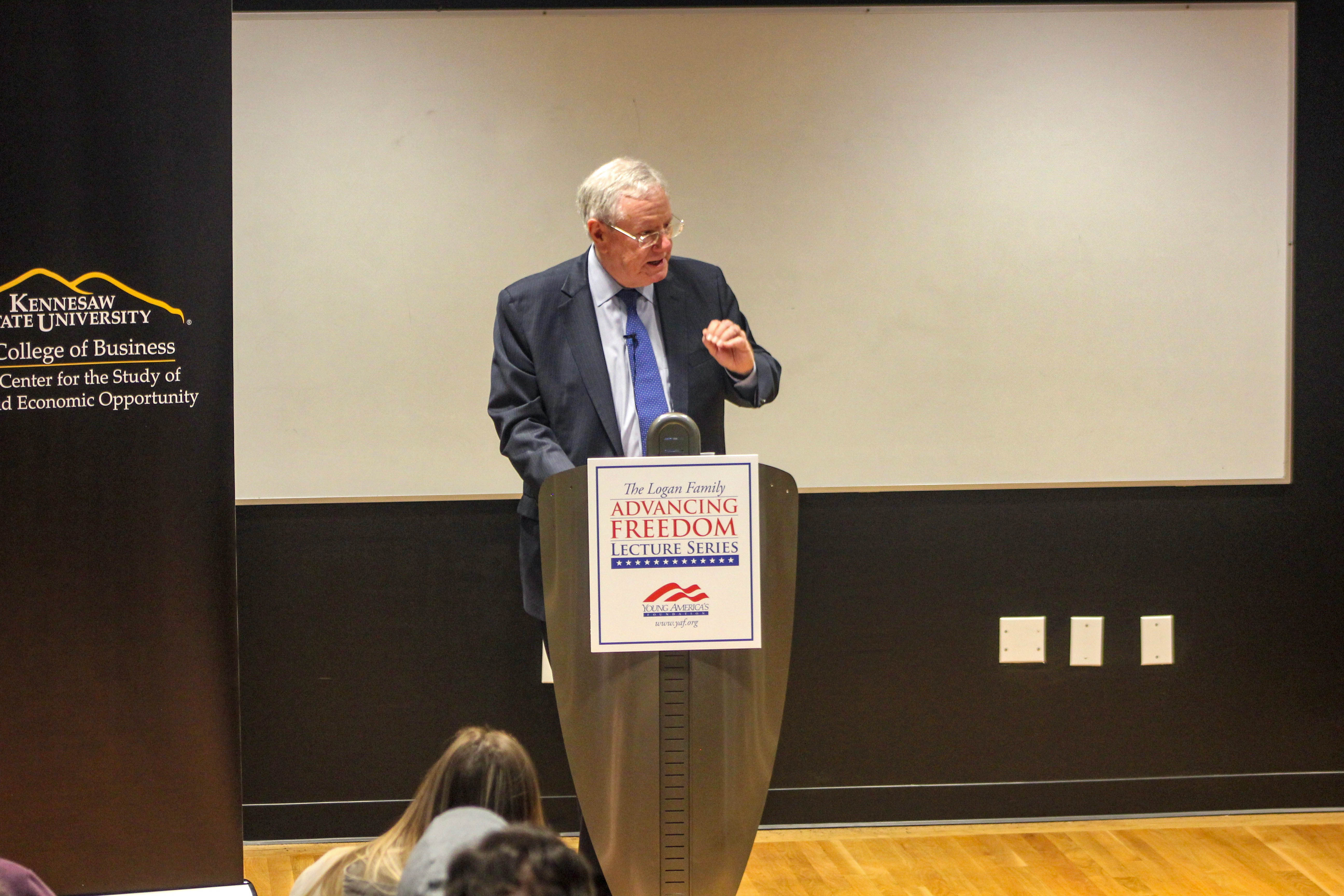SAN DIEGO _ The gunman stalked the dormitory halls yelling, “I’m going to kill somebody,” pounding and kicking on doors, and firing his weapon in the air.
The resident assistants remembered their training: Turn off the lights, barricade the doors with chairs and tables, lie flat on the floor, push back if the killer tries to bust in, or jump out a window if it isn’t too high.
The drama was all staged but with a life-saving purpose Tuesday as a dormitory at San Diego State University became a stand-in for Columbine High School, Virginia Tech, Sandy Hook Elementary and the engineering building on the campus here _ all scenes of deadly rampages.
Two-dozen people from colleges and schools throughout Southern California came to campus for a two-day session with the chillingly modern title of Active Shooter Response Training.
Although the program of lectures, discussions and scenarios was planned months ago, the recent shooting in Newtown, Conn., where 20 children and six adults were killed, only heightened the urgency of planning for possible violence.
Bret Bandick, a trainer from Texas company Response Options, played the role of a heavily armed killer targeting students at the Olmeca Residence Hall. He fired an airsoft gun into the air and at doors to provide an extra dose of realism. Resident assistants and others played the role of students caught by surprise.
In the fall, those same assistants will be giving a new, mandatory 90-minute seminar to all incoming freshmen at San Diego State on how to survive an on-campus shooting. The session will be in addition to the university’s system of alerting students via emails, text messages and social media when a gunman is suspected. “Our responsibility is to give people as many tools as possible to survive,” said Capt. Lamine Secka of the San Diego State police force.
Kerry Harris, also an instructor with Response Options, said the strategy “is not rocket science.”
“We tell people they should flee if they can, hide if they must and fight back if there is no other option,” Harris said.
The San Diego State resident assistants did better than many people who have taken the same training, Harris said.
The event drew police officers and school officials from Orange, the Vista and Escondido school districts in northern San Diego County and the campuses of Cal State Los Angeles, San Diego State, UC San Diego and the University of San Diego.
San Diego has reason to be concerned about school shootings.
One of the first high-profile school shootings that gained national attention occurred here in 1979, when 16-year-old Brenda Spencer used a rifle to kill two people and wound nine others at an elementary school across from her home.
“I don’t like Mondays,” Spencer told a reporter by telephone during the rampage. She is serving a 25-year-to-life prison sentence.
In 1996, a graduate student at San Diego State killed three of his professors in the engineering department. The gunman pleaded guilty to avoid the death penalty and is serving a life sentence.
In 2001, two shootings in high schools east of San Diego left two dead and 18 wounded. One shooter, then a 15-year-old student, is in prison; the other, an 18-year-old former student, committed suicide while behind bars.
In 2010, a mentally disturbed man jumped the fence at a Carlsbad elementary school and wounded two students before being subdued by construction workers. He is serving a life sentence.
By the time of the 2001 shootings, nationwide police protocol for school shootings had changed to emphasize an immediate response by the first officer on the scene rather than waiting for the SWAT squad to assemble.
The change in tactics was prompted by the 1999 shooting at Columbine High in Colorado where 15 people died, including the two shooters who committed suicide, while the SWAT squad was being assembled.
“After Columbine, we learned that you just can’t wait for SWAT,” said Lt. Joe Florentino of the San Diego Unified Police Department, which deploys 43 officers to protect 200 sites with 133,000 students and 15,000 employees, the second largest primary school district in California.
When a 15-year-old student opened fire at Santana High in Santee on March 5, 2001, the first police officer on scene was an off-duty San Diego officer who was registering his daughter for classes.
“When everyone else was running away from the sound of gunfire,” said San Diego Police Lt. Andra Brown, “he was running toward it.”
The post-Columbine era also brought more training for officers and dispatchers and, in some cases, better weaponry for beat cops who may have to confront a shooter with multiple weapons or assault weapons. “Lock down,” a term and practice once used in connection with prison riots, became common parlance a decade ago to describe keeping students in their classrooms during an incident.
But those changes, Florentino said, are meant to limit the casualties once a shooting occurs. The better strategy, he said, is to be aware of any advance signs that a student might pose a threat.
The San Diego school district has a policy of following up, with counselors and police officers, when a student is heard making possible threats or posting troubling comments on social media. In rare cases, a student is put on a 72-hour psychiatric hold at a mental health facility, Florentino said.
“If a student says something odd, we don’t just ignore it,” Florentino said. “We have to be right 100 percent of the time, we know that.”


